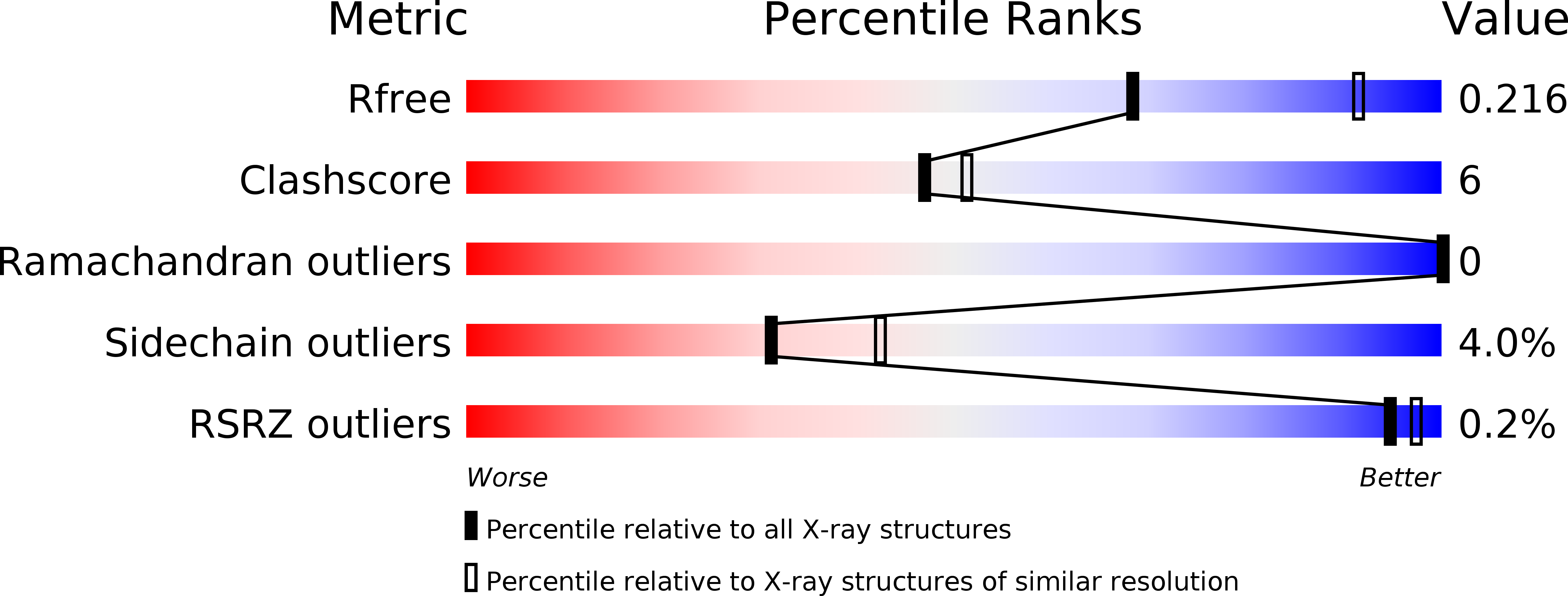
Deposition Date
2012-09-27
Release Date
2013-03-20
Last Version Date
2024-02-28
Entry Detail
PDB ID:
4HAN
Keywords:
Title:
Crystal structure of Galectin 8 with NDP52 peptide
Biological Source:
Source Organism:
Homo sapiens (Taxon ID: 9606)
Host Organism:
Method Details:
Experimental Method:
Resolution:
2.55 Å
R-Value Free:
0.21
R-Value Work:
0.19
R-Value Observed:
0.19
Space Group:
P 31 1 2


